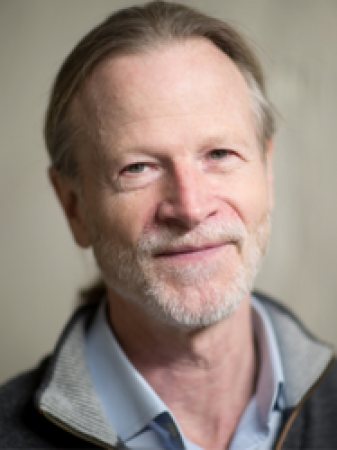
David Shoemaker
David Shoemaker
MIT LIGO
Friday, October 14, 2016
3:00pm
Abstract: The Laser Interferometer Gravitational-wave Observatory (LIGO) is the US endeavor to establish a new astronomy of gravitational waves. The LIGO Laboratory consists of the two institutions, California Institute of Technology and Massachusetts Institute of Technology, and two observatories: one in Hanford, Washington, and the other in Livingston, Louisiana (both in the USA). It is funded by the US National Science Foundation, with contributions for the Advanced LIGO instrument from the UK, Germany, and Australia. Gravitational waves are a prediction of Einstein’s theory of General Relativity, and can be seen as an inevitable consequence of the fact that changes in the position of massive objects must lead to a change in the gravitational field, and the finite speed of propagation of information (the speed of light). Einstein’s theory predicts that there will be strains in space which propagate at the speed of light, and that the amplitude of the waves will be proportional to the non-spherical acceleration of mass. Unfortunately, space is very ‘stiff’ and to make conceivably measurable gravitational waves requires objects of the order of the mass of our Sun accelerating at speeds approaching the speed of light. We describe the successful detection of gravitational waves with the LIGO detectors, and give some technical insights into the measurement challenges.
Bio: David Shoemaker is the Director of the MIT LIGO (Laser Interferometer Gravitational-wave Observatory) Laboratory as the Massachusetts Institute of Technology, and Senior Research Scientist in the Kavli Institute at MIT, as well as a Visiting Associate at the California Institute of Technology. He received a Masters in Physics from MIT in 1980 and a Ph. D. in Physics from the Université de Paris in 1987. He has worked in the field of gravitational wave detection since 1980. He is a Fellow of the American Physical Society. He has served on numerous scientific advisory and program committees for the NSF, NASA, and for the European Gravitational Wave Observatory. He has served as the leader of the Advanced LIGO Project since 2006.